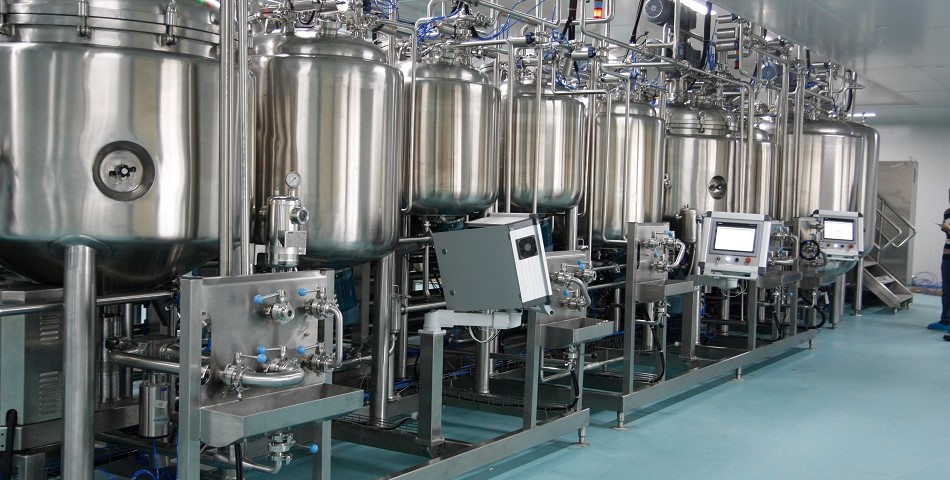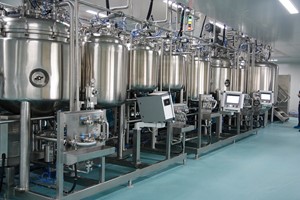The food industry is evolving rapidly, with consumers demanding quality, authenticity, and transparency from food manufacturers. And they’re not just demanding it, they’re “voting with their dollars,” supporting companies that align with their personal beliefs. To keep up with consumer demand—and to keep up your bottom line—it’s important to understand their needs and make changes that support them. In doing so, you can improve your product quality, reduce waste, inspire brand loyalty, compete more effectively, and avert potential media or food safety disasters.
- Create an Organizational Understanding of the Quality Cost
After a defect reaches a consumer, the cost is dramatically higher than fixing it at the source of the problem. After all, studies have shown that dissatisfied customers tell 9-15 people about their negative experience, and they’ll often leave negative reviews online or complain on social media, alerting hundreds or thousands more and damaging your reputation, which can sometimes be irreparable. Therefore, it is critical for all staff in the manufacturing environment to be trained to understand that the cost of poor quality multiplies exponentially if it enters the field. Once staff understands this perspective, the desire to improve product quality in food manufacturing and drill down to the root cause of a problem will be more common.
- Implement Automated Statistical Process Control Systems
Developed in the early 1920s as a way to record data to alert manufacturers to deviations in process performance, Statistical Process Control (SPC) continues to deliver value to food manufacturers by reducing defects and waste. Whereas the data in SPC charts once had to be recorded manually, introducing the possibility of human error, today we have automated SPC systems. Quality SPC software helps teams identify and correct non-conformances using real-time data by monitoring operations to ensure outcomes fall within predetermined limits. When an issue arises, alerts notify the appropriate individuals so they can tend to the problem quickly to deliver consistent, quality output. SPC systems also drive continuous improvement by monitoring key performance indicators (KPIs) to discover trends that could be addressed, leading to increased productivity and quality.
- Maintain a High Level of Supply Chain Visibility
Throughout the supply chain, the majority of partners and employees are limited to their own scope of work, working within a silo. However, in an ideal supply chain, everyone involved would be able to view the product's journey, from the production source to arrival at its destination. This type of visibility can improve lead times and performance, and identify shortages and quality issues. It can also alert manufacturers to bottlenecks in the supply chain, enabling them to solve for the problem or find a new partner. There is a variety of supply chain software available that can improve visibility, and ultimately, your bottom line.
- Develop a Food Safety Program
The Food Marketing Institute (FMI) and Grocery Manufacturers Association (GMA) estimate that the average cost of a recall for food companies is $10 million in direct costs, plus brand damage and lost sales. Even worse, the World Health Organization reveals that approximately 600 million people become ill each year after eating contaminated food, and 420,000 die. So, it is imperative that food manufacturers develop a food safety program. No longer a “nice to have,” today, domestic and foreign food manufacturers are required to register with section 415 of the Food, Drug, & Cosmetic Act and must comply with the requirements for risk-based preventive controls mandated by the FDA Food Safety Modernization Act (FSMA) as well as the modernized Current Good Manufacturing Practices (CGMPs) of this rule (unless an exemption applies). The aim is to prevent food contamination, train employees on proper food safety requirements, and develop an auditing system that ensures food safety practices are performed and enforced. One of the most popular food management systems manufacturers may choose to follow is the FDA-endorsed Hazard Analysis and Critical Control Points (HACCP).
- Strive for Improved Sustainability
Consumer demand for food products that are healthier for them now includes products that are better for the environment, says FoodNavigator-USA. The report states that 73% of the U.S. population believes that “a healthy body and a healthy environment go hand-in-hand,” so as consumers focus on healthier diets, so does their attention to the planet’s health. There are a number of ways food manufacturers can practice sustainability, either in the processes or by whom they partner with.
- Water conservation. Switching from flood irrigation with sprinklers to drip irrigation reduces water usage; wastewater reuse is also gaining traction in the food industry.
- Natural pest control. Pesticides and fertilizers can introduce dangerous chemicals into the environment and our bodies, leading some food manufacturers to switch to botanical pesticides.
- Sustainable distribution. This involves reducing the distance food needs to travel by CO2 and greenhouse gas-producing trucks, or upgrading to greener fuel options such as biodiesel or electricity.
- Free-range animals. Raising animals in uncrowded conditions and feeding them a natural diet free from antibiotics, and using their waste as a fertilizer for the soil.
- Sustainable practices also benefit your bottom line. By marketing your sustainable practices, consumers will reward you; studies show that people are 54% more likely to buy a product from a sustainable company, and about 20% of Americans will actually boycott a product that is not sustainable.
- Use Accurate Labeling
While the FDA is responsible for assuring that food sold in the United States is properly labeled, more than half of all Americans feel that food labels are sometimes misleading, and more than 80% feel they’ve been tricked by nutrition labels. Consumers are catching on to dubious claims of “natural,” “organic,” and “GMO-free,” and with Mintel’s 2018 Global Food & Drink Trends report revealing that today’s consumer wants “complete and total transparency from food and drink companies,” it’s important to accurately label ingredients, raw materials, country of origin, nutritional information, and allergens.
Today, there is more competition in the food industry than ever before. For all food manufacturers, especially small and medium-sized manufacturers (SMMs), differentiating yourself through better product quality is crucial. Not only can improving your processes save you money and reduce waste, it can also inspire purchases and brand loyalty from increasingly savvy consumers—and all food manufacturers can probably agree, that’s an appetizing prospect!
CMTC Manufacturing
www.cmtc.com














